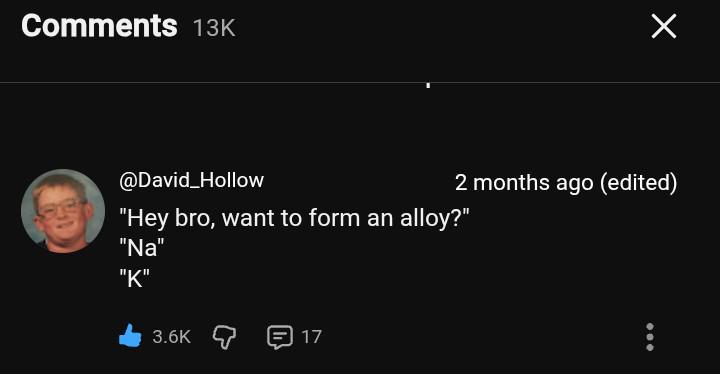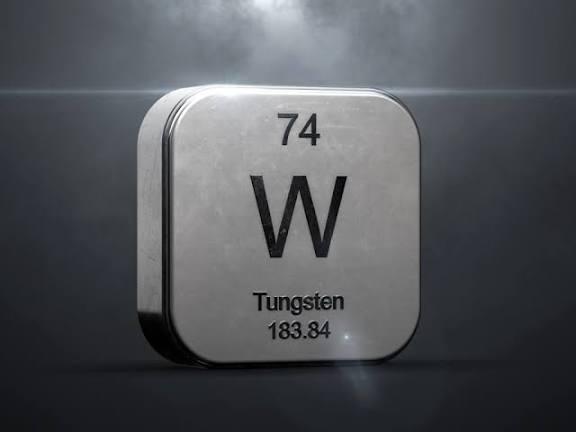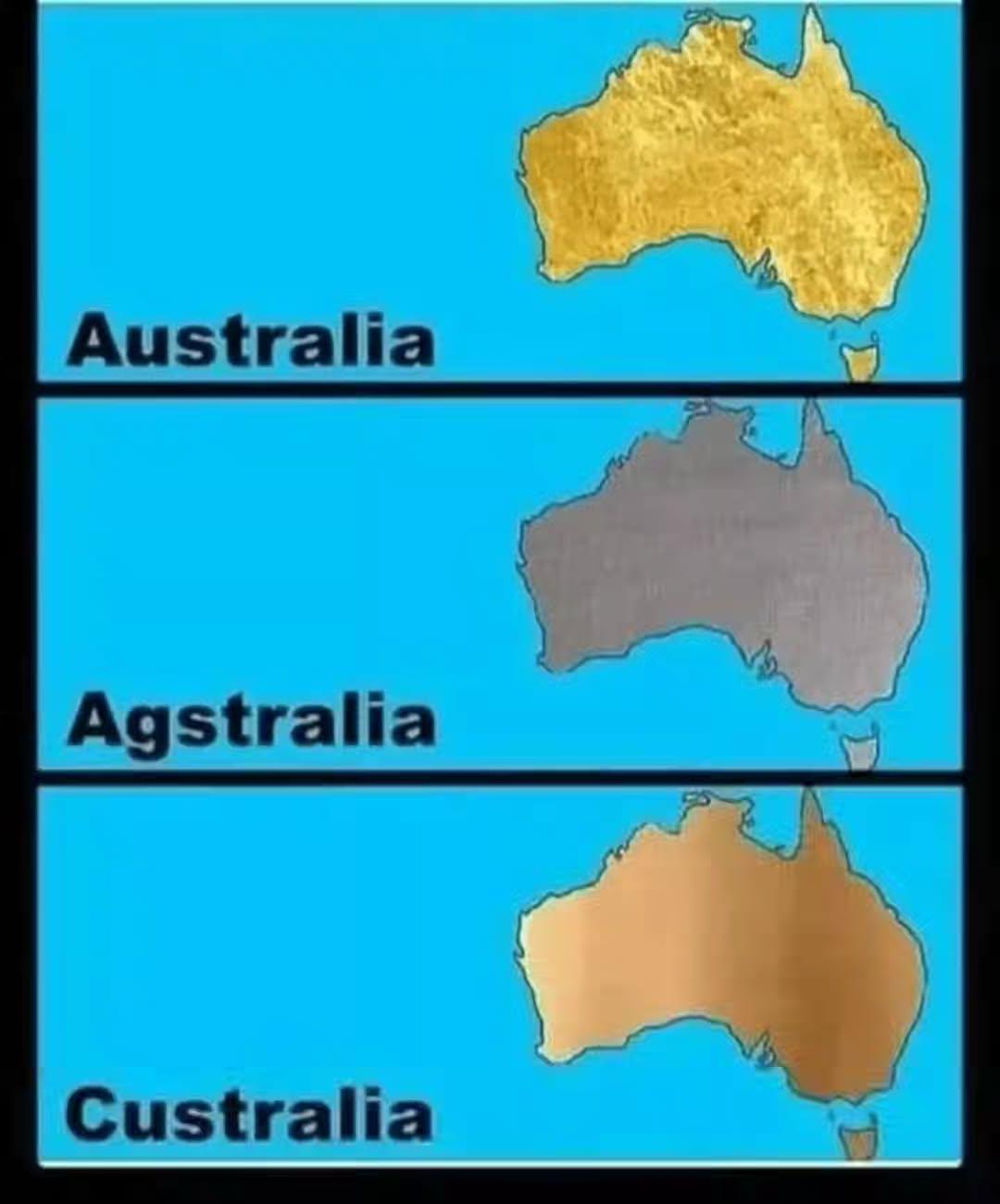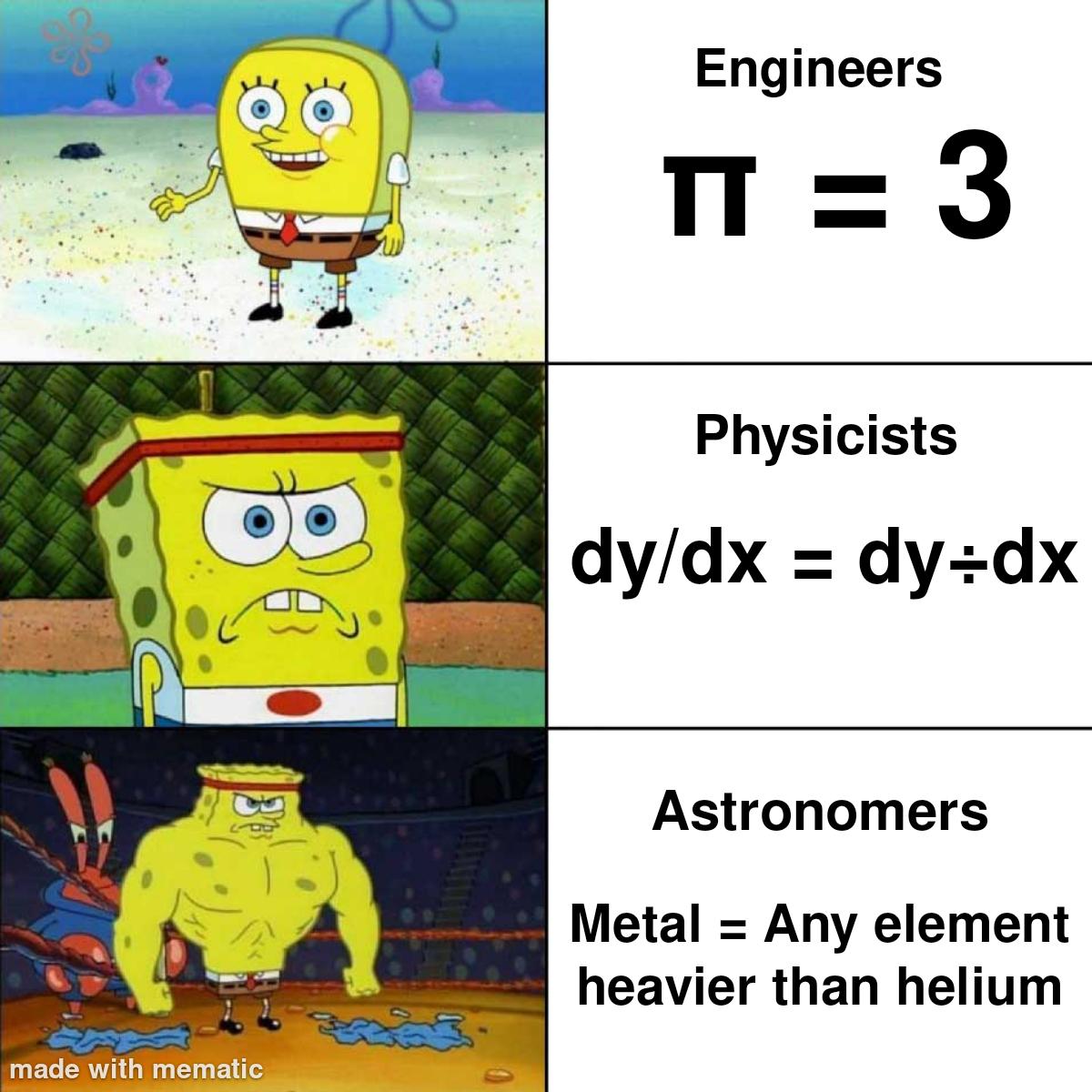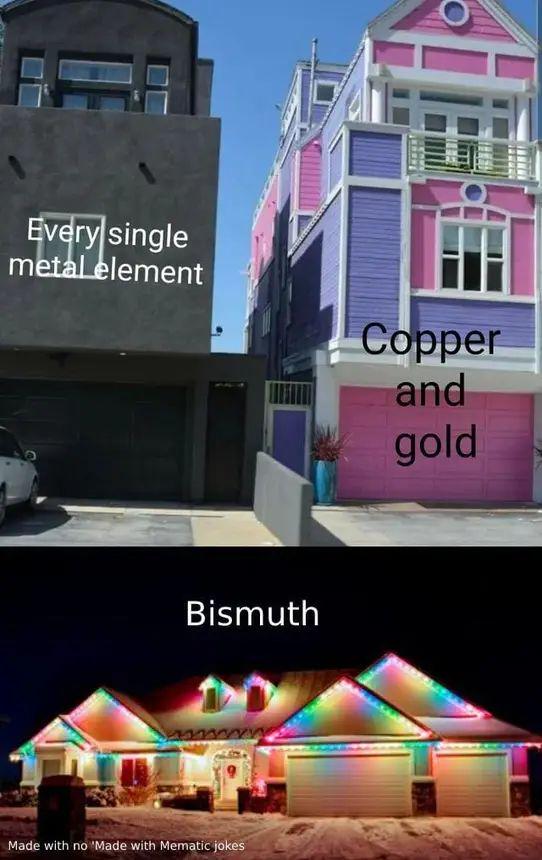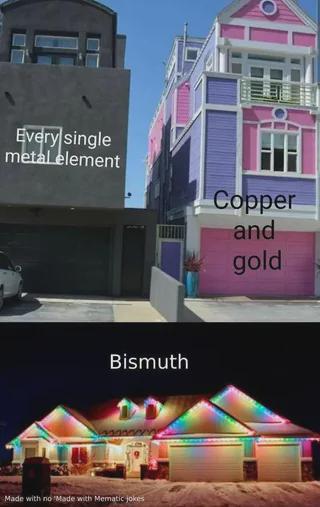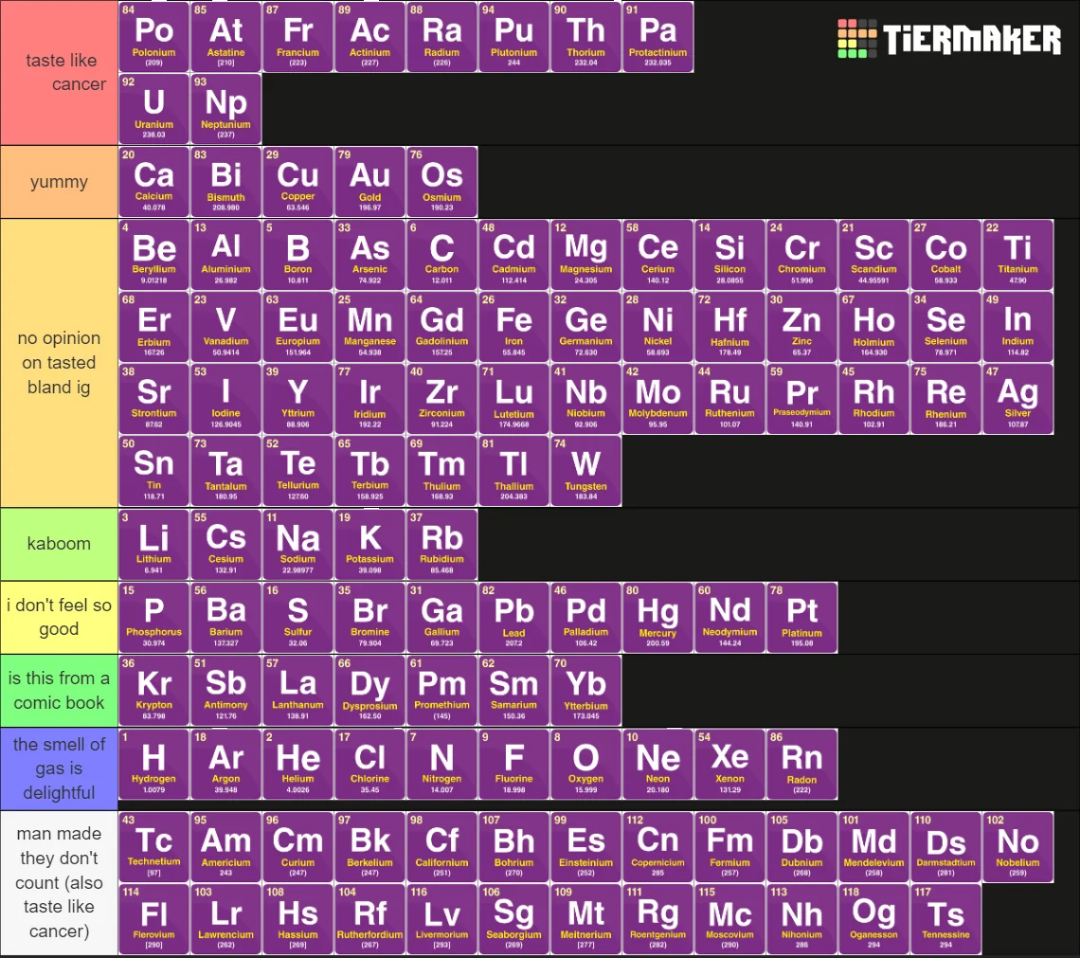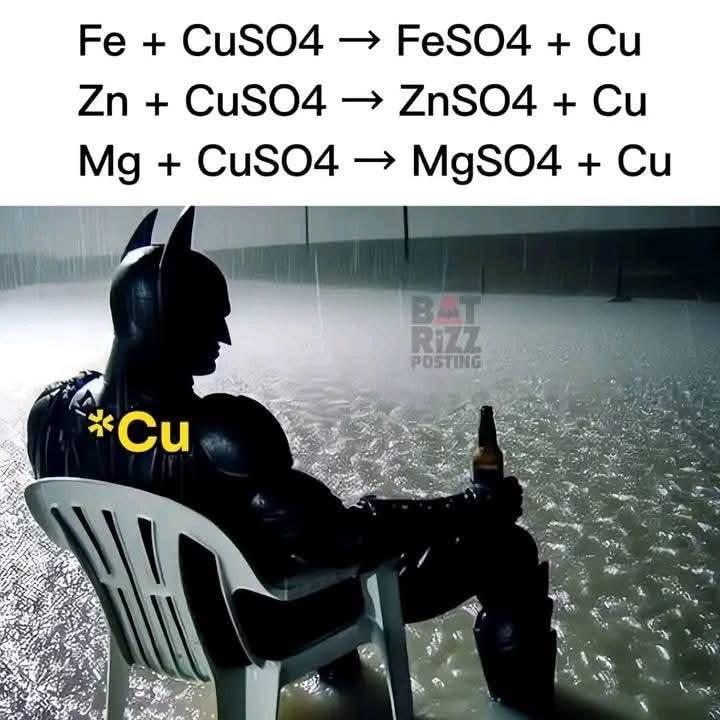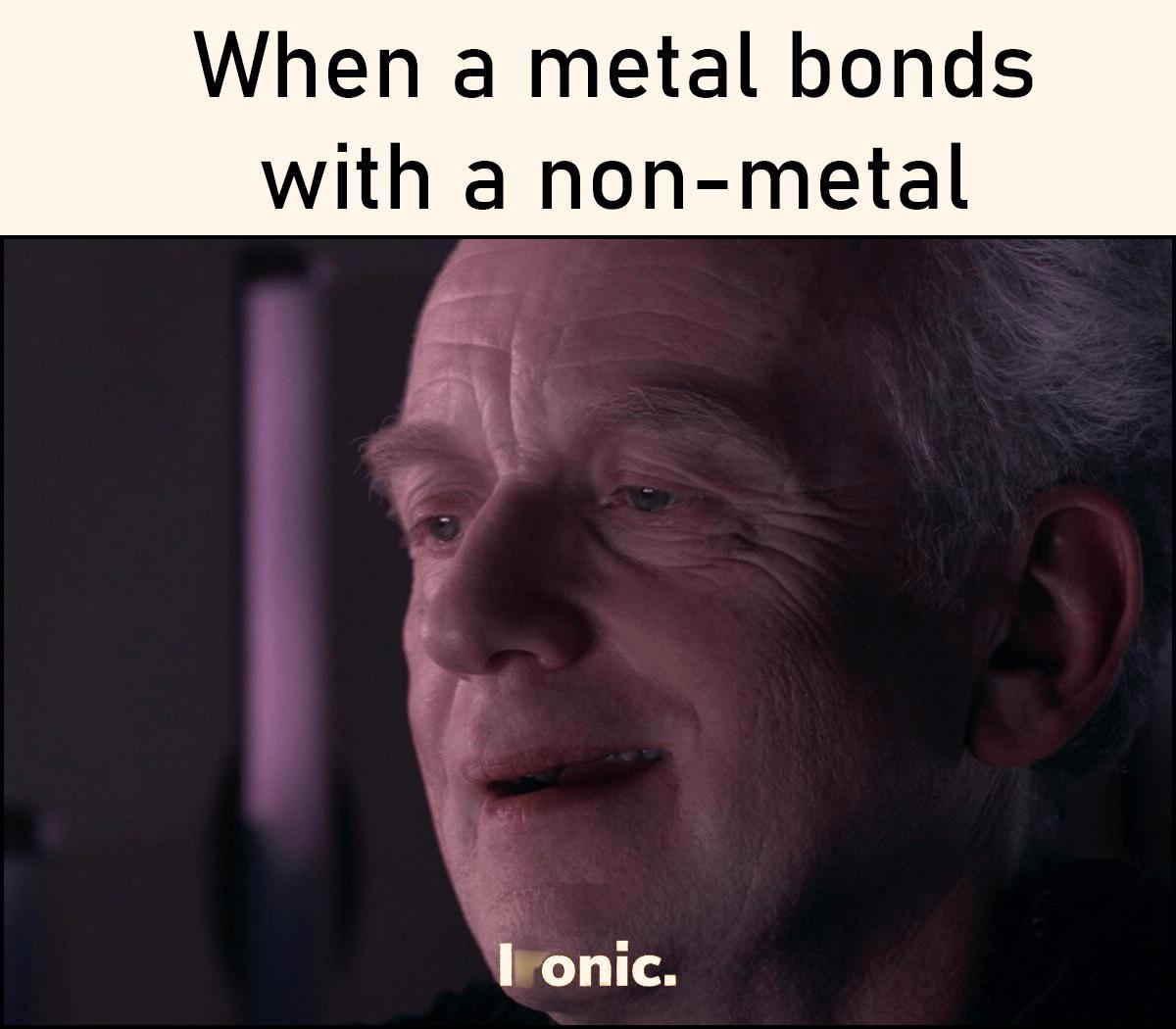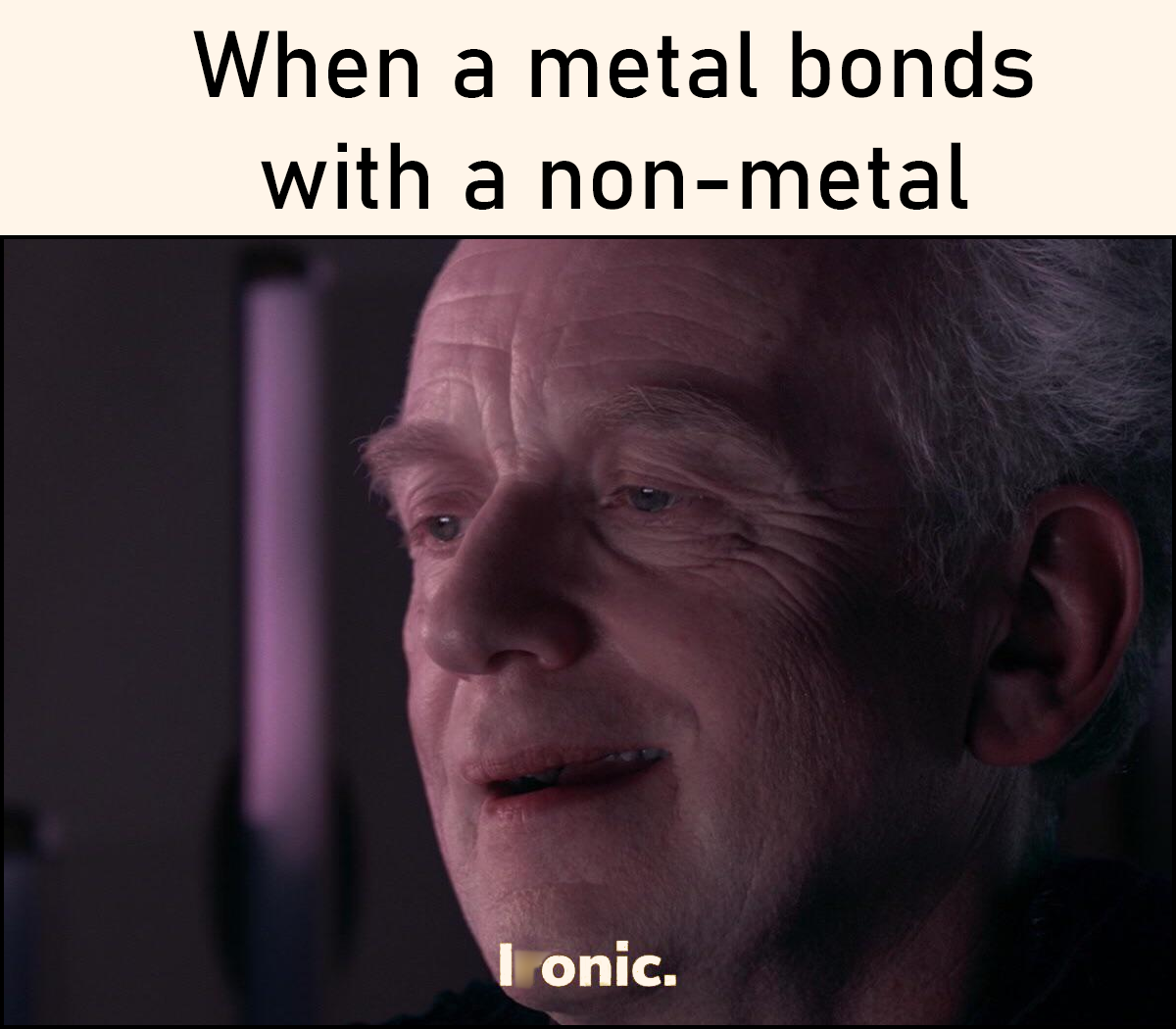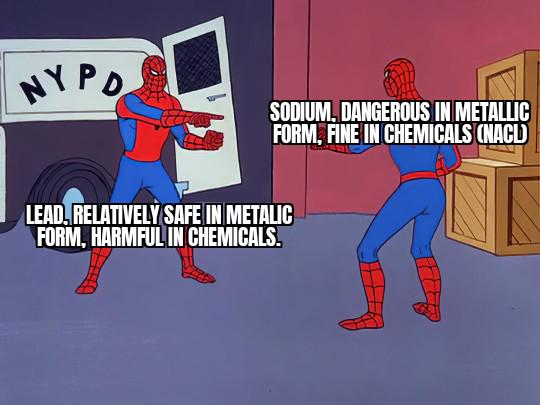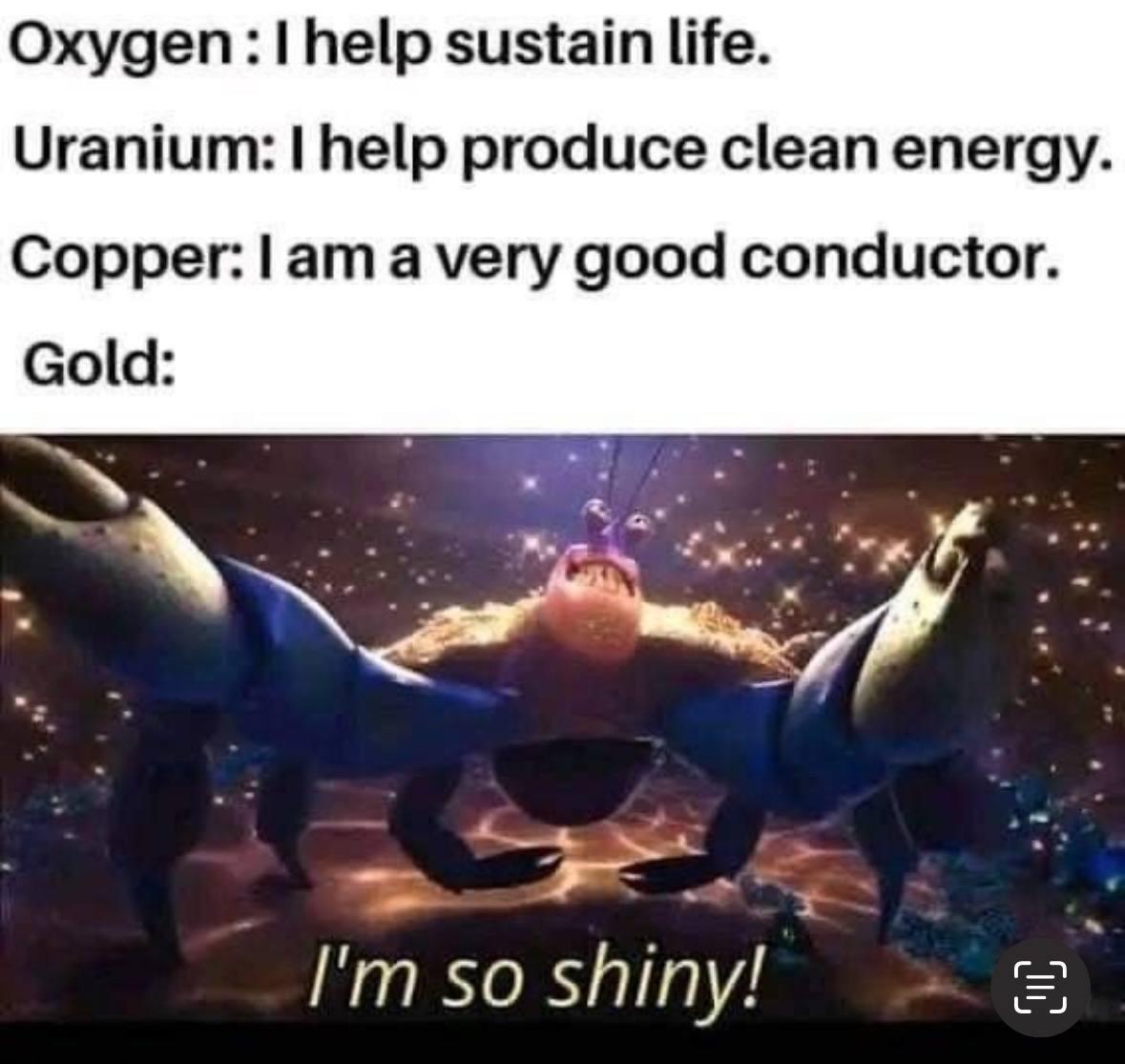Scientists literally named tungsten "W" because it's too metal for regular letters. With the highest melting point of any metal (6,192°F), this element is basically the death metal guitarist of the periodic table. The pun here is brilliant—the chemical symbol W comes from its German name "Wolfram," but paired with fire emojis, it transforms into "Wow" or "Whoa" – exactly what you'd say when you learn this beast can withstand temperatures that would vaporize lesser elements. Even its density is hardcore at 19.3 g/cm³, making it perfect for armor-piercing ammunition and radiation shielding. Talk about bringing the heavy metal energy to chemistry!


 Academia
Academia
 Ai
Ai
 Astronomy
Astronomy
 Biology
Biology
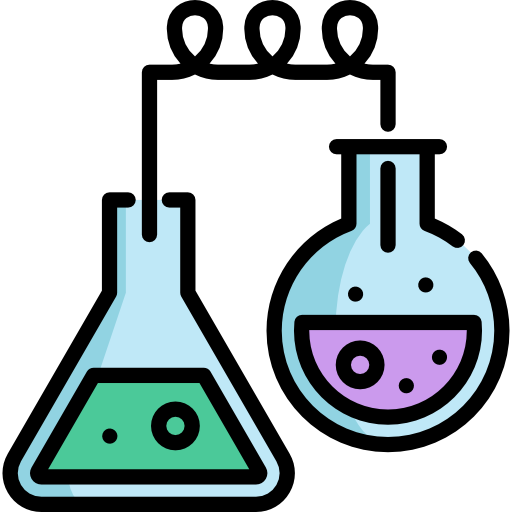 Chemistry
Chemistry
 Climate
Climate
 Conspiracy
Conspiracy
 Earth-science
Earth-science
 Engineering
Engineering
 Evolution
Evolution
 Geology
Geology
